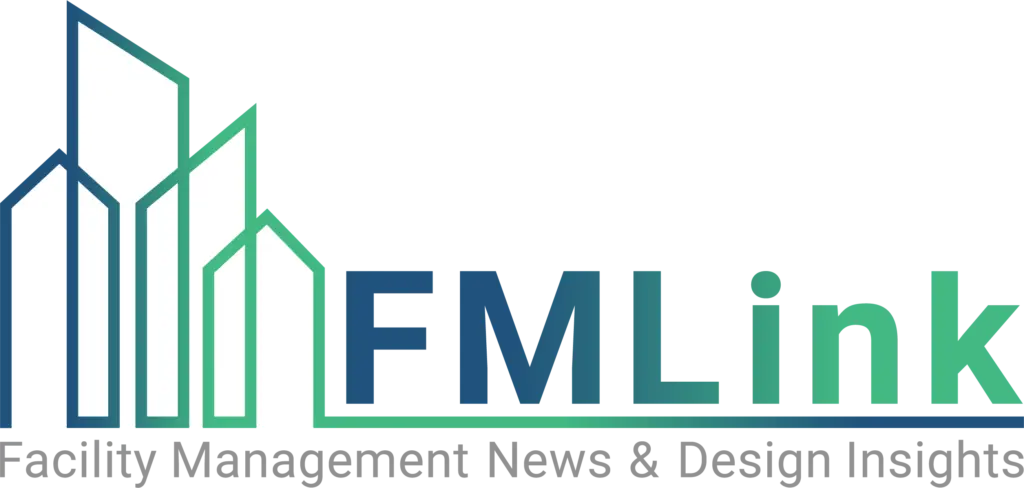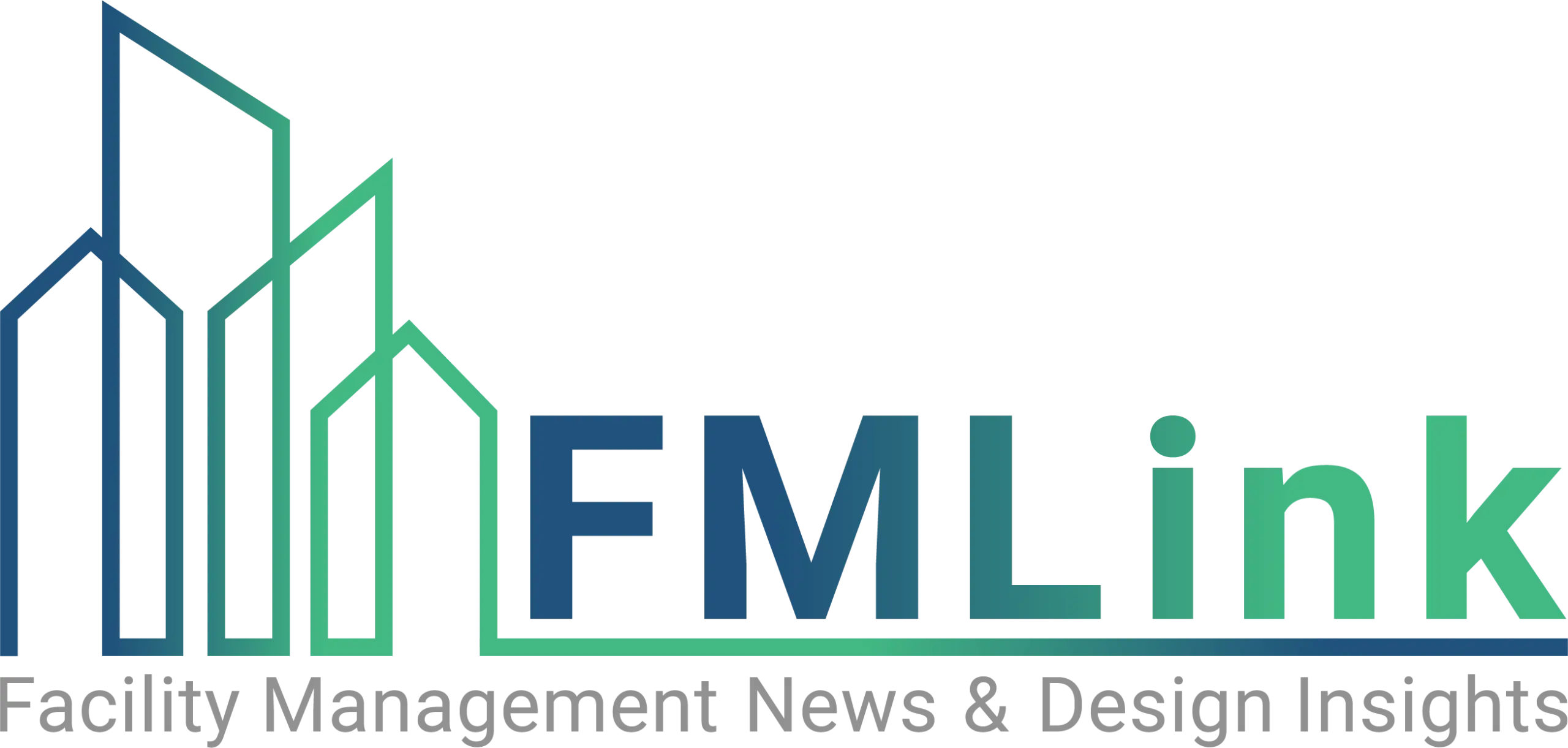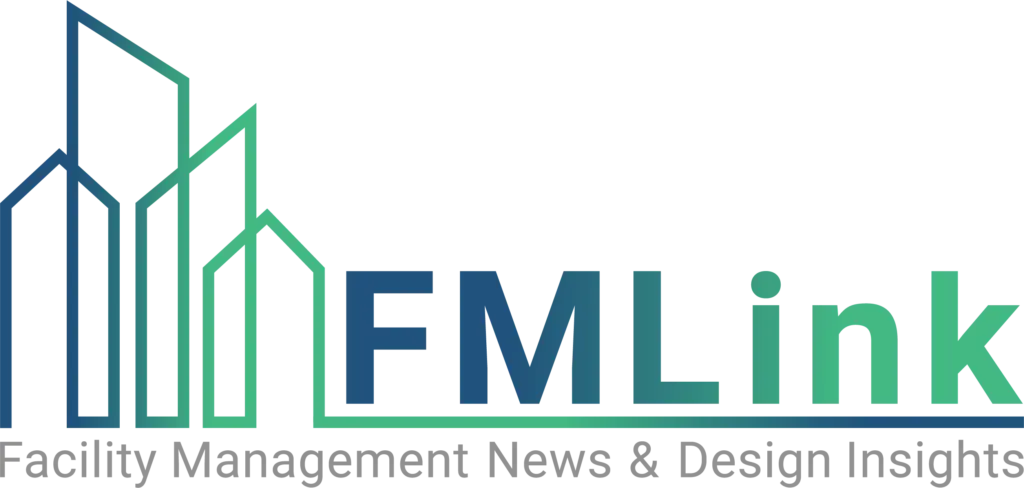By Vestal Tutterow, P.E.
Senior Program Manager
Alliance to Save Energy in Washington, DC
Background
The Alliance to Save Energy (ASE) is a Washington, DC-based non-profit organization dedicated to promoting energy efficiency worldwide. With its existing lease expiring in June 2006, ASE sought a new tenant office space that could be built out as a showcase for building energy efficiency and sustainable design. ASE used the U.S. Green Building Council’s (USGBC) LEED green building rating system as a guide with obtaining LEED-Silver certification as a goal throughout the planning, design, and build-out of our new offices. Specifically, the design team followed the methodologies of USGBC’s LEED-Commercial Interiors program, created to encourage the construction of sustainable tenant spaces.
As a tenant moving into an existing office building, ASE had limited options when seeking to improve the energy efficiency of the space — they were unable to modify the building envelope, and changes to the HVAC system were limited to air distribution modifications necessary to accommodate our reconfigurations within the space. Many of the sustainable, or “green” features of the office relate to non-energy areas, such as diversion of construction waste and materials selection. ASE did, however, choose to showcase a state-of-the-art energy-efficient lighting system — the one area where a new design was possible and could have a large impact.
Lighting System Description
The new lighting system includes T-5 lamps, high performance fixtures, dimmable electronic ballasts, sensors, and advanced technology controls. Each 2’x4′ 2-lamp fixture is rated at 71 Watts, consuming 33% less energy than a 3-lamp parabolic fixture with T8 lamps providing comparable light output (and 60% less than a 4-lamp T8 fixture). Occupants making use of the dimming capabilities of the control system can realize savings of 50-75%.
Thanks to the generous donations from several of our Alliance Associates, the Alliance to Save Energy’s new office showcases a state-of-the-art lighting and control system. Our lighting system features the highly efficient T-5 lamps from OSRAM Sylvania and electronic dimmable SuperDim® ballasts from Universal Lighting Technologies. The Alliance selected a lamp color temperature of 4100oK. These lamps and ballasts are housed in 2’x 4′ and 2’x 2′ recessed RT5TM ceiling fixtures from Lithonia Lighting. The RT5TM Volumetric recessed fixtures are specially designed to accommodate T-5 lamps, provide reduced glare, and efficiently distribute light. The volumetric design of the fixtures is a departure from the typical parabolic style, and provides an even distribution of soft light while eliminating glare. The ballasts allow dimming down to 1% of maximum output, and have programmed rapid start technology to maximize lamp life.
The lighting system is provided by Encelium Technologies, and was programmed and integrated by Advanced Power Control. The control system integrates occupancy sensors (which have infrared and microphonic detection capabilities) provided by Sensor Switch, along with daylighting sensors (photosensors) provided by PLC-MultiPoint in certain areas of the office. The occupancy sensors turn on the lights automatically when someone enters a space, and turn off the lights after the space is vacant for ten minutes. Daylight-responsive lighting controls are a criterion for the LEED lighting controls credit, and sensors are installed in a sampling of rooms to provide an accounting of natural daylight in all perimeter spaces.
The Encelium Technologies system allows occupants to control the lighting levels of each fixture in the individual offices. Each individual office has “personal control software” installed on employees’ computers. This software is connected to a local area network, and allows workers to control lighting levels from their desks. Since the software allows control by “zones” in addition to overall lighting levels, workers are able to suit their individual needs, for example, as they move from computer-oriented to paper-oriented tasks. The software provides a screen with “digital slide dimmers” — a master dimmer and a dimmer for each zone. A typical office will have two fixtures, and each fixture is designated as a zone, usually designated as a window zone and an interior zone. Also on the software’s screen are tabs for setting customized “scenes”. For example, a scene can be programmed to provide 100% light output for the window zone (typically where the desks are located) and 40% light output for the interior zone. Up to five scenes can be programmed, and the user is able to create a name for each scene. The ratio of energy savings to lighting reduction is approximately1:1.
Additionally, each office has a wall-mounted switch which allows manual on/off control, and also allows two intermediate levels of dimming. The switches have been installed with two default dimming levels, and can easily be reset to two of the customized levels created using the personal control software. Hallways and open office areas have the same wall switches.
Another feature of the Encelium control system is data logging capability. The system can serve as a “virtual meter” monitoring the usage patterns of each fixture and is capable of reporting the energy savings accrued through active use of the personal controls.
User’s Experience
After one year of operation, the Alliance and its employees are quite pleased with the lighting system. Employees like having the ability to control the lighting levels in their offices, and are pleased with the level and color of lighting throughout the space. It has been written that T5 lamps are too bright for most low-ceiling applications, but the Alliance does not agree with this statement. The fixtures do a superb job of dispersing the light. No employees have complained or even mentioned lamp brightness as an issue, and visitors are complimentary of the aesthetics created by both the physical appearance of the fixtures and the overall effect created by the lighting system.
Several of the occupancy sensors have needed adjustment to avoid detecting passersby in the hallway. Complete integration of the control system with the building energy management system took some time since the building engineering staff were not familiar with the control technology. The building owners do require the Alliance to stock replacement lamps and ballasts since no other tenants in the building have a similar system.
As a tenant, the Alliance does not pay its own electric bill and is not separately metered. Therefore, the Alliance can only estimate the lighting system energy consumption and savings. The Alliance was fortunate to have most components of its lighting system donated, and therefore cannot provide purchase costs nor calculate a payback period. T5 lamps and fixtures do cost more than standard T8 lamps and parabolic fixtures, but have attractive simple payback periods. Considering that electricity costs are 80-90% of the life cycle cost of a lamp, the system efficiency should far outweigh the initial purchase cost in the decision making process. Lighting control systems similarly produce energy savings that result in reasonable payback periods and attractive life cycle costs.
Given the energy savings advantages of the T5 lamps, fixtures, and advanced controls used in the Alliance to Save Energy’s new office space, expect to see these technologies become commonplace in the near future as more building owners, businesses, architects, and builders seek to design and construct sustainable and energy efficient spaces. The installed system can easily be used as a prototype for commercial office renovations and new construction.
Vestal Tutterow, P.E., is a Senior Program Manager with the Alliance to Save Energy in Washington, DC. He is involved in the Alliance’s efforts to promote cost-effective energy-efficiency programs, policies, and technologies for the buildings and industrial sectors. He may be contacted by e-mail at vtutterow@ase.org




